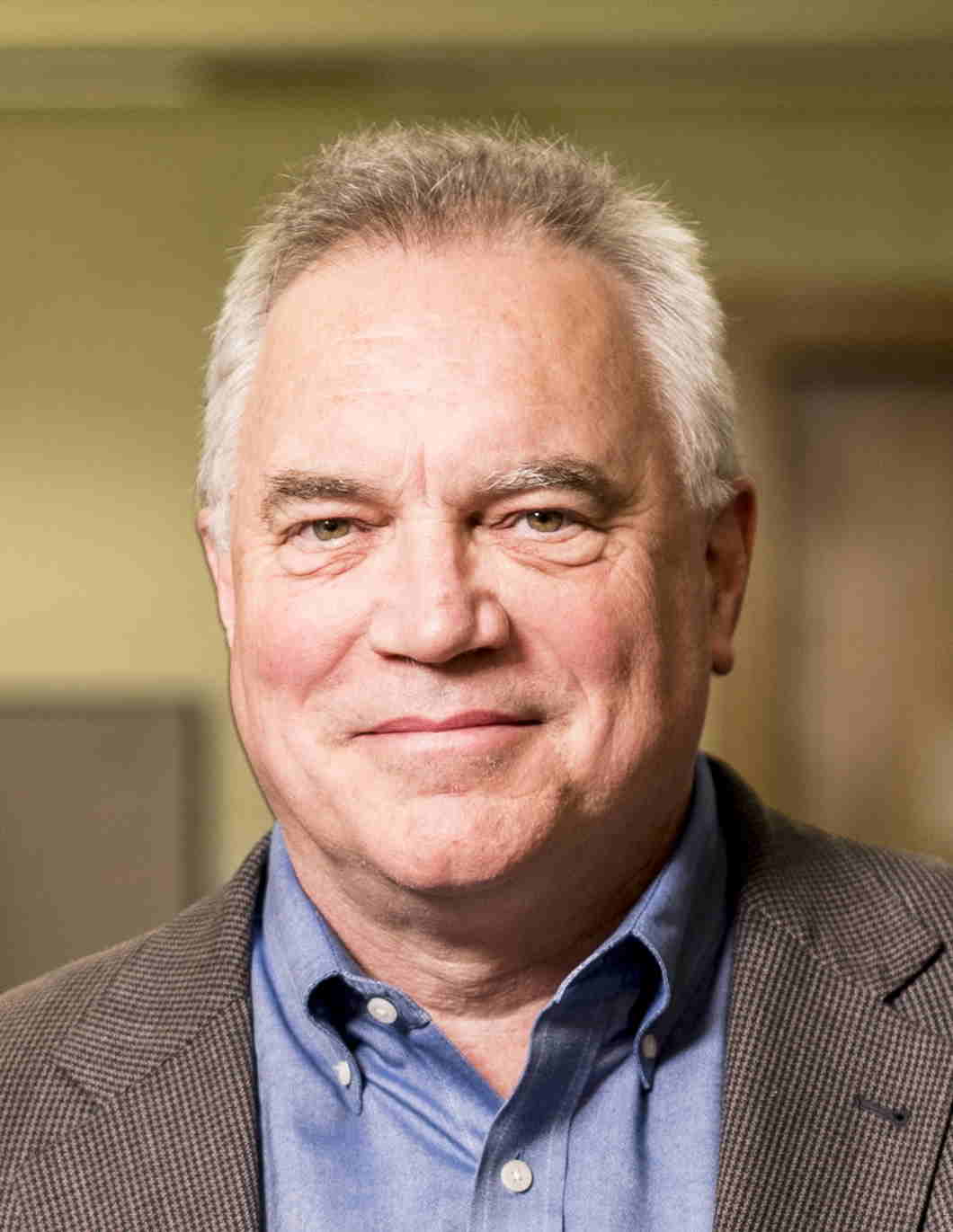Session in Memory of Edward "Ed" F. Jackson
J Hazle1*, R Golden2*, R Stafford1*, P Kinahan3*, J Prisciandaro4*, (1) UT MD Anderson Cancer Center, Houston, TX, (2) UW School of Medicine And Public Health, (3) University of Washington, Seattle, WA, (4) University of Michigan, Ann Arbor, MI
Presentations
11:39 AM Introduction - R Golden, Presenting Author
11:45 AM The Expanding Role of the Physicist in MRI - R Stafford, Presenting Author
11:57 AM Quantitative imaging: The Translation from Research Tool to Clinical Practice - P Kinahan, Presenting Author
12:09 PM Innovations in Medical Physics Education - J Prisciandaro, Presenting Author
12:21 PM Q&A - K Brock, Presenting Author
MO-B-TRACK 2-0 (Monday, 7/26/2021) 11:30 AM - 12:30 PM [Eastern Time (GMT-4)]
Dr. Edward F Jackson was a gentleman and a scholar. Ed’s passing left a hole in our world and our hearts. His contributions to the field of medical physics, the science of magnetic resonance imaging (MRI) and quantitative imaging, MD Anderson Cancer Center, the University of Wisconsin, the AAPM and education were all impactful. In this symposium, we will attempt to convey the impact Ed had on these areas and on so many colleagues in medical physics around the world.
The landscape of MRI has changed substantially over the last couple of decades. MRI is an extremely versatile, non-ionizing modality with multiple soft-tissue contrast mechanisms for visualizing and characterizing anatomy, physiological function and metabolism. Constant technological advances are resulting in higher-performing and more reliable systems increasing the footprint of MRI in diagnostic and oncologic imaging. Additionally, MRI has also experienced rapid growth outside traditional diagnostic radiology departments and into hybrid interventional, intraoperative and radiation oncology suites. With these clinical and technical shifts, the role of the physicist in MRI has expanded to better meet the quality and safety needs of patients and practitioners for a rich variety of protocols and environments.
During the past few decades, remarkable advances in medical imaging technology have made it possible to obtain many anatomic, functional, metabolic, and physiological measurements from clinical images. With appropriate calibration, most of these imaging technologies can provide quantifiable information on properties of the materials from which the imaging signal emanated. We can combine quantitative imaging with the concept of objective biomarkers to define quantitative imaging biomarkers (QIBs), giving us objective measurements from clinical medical images. We will discuss the development and application of QIBs in clinical practice and clinical trials.
The experiences we have encountered over the last year as a result of COVID-19 have taught us the importance of adaptability. As educators, we were required to make radical changes in our approach to didactics and clinical training. However, adaptability is a hallmark of our continually evolving field. In this presentation will we discuss innovative educational approaches, as well as ways to educate, train, and prepare students and trainees for the future of our profession.
Learning Objectives:
1. Describe recent advances of MRI for diagnostic and oncologic imaging
2. Understand the development and application of QIBs in clinical practice and clinical trials
3. Describe methods to educate, train, and prepare students and trainees for the future of our profession
Handouts
- 166-60197-15651646-171599-63827762.pdf (Joann Prisciandaro)
- 166-60195-15651646-171731-1520394935.pdf (R. Jason Stafford)
Keywords
Not Applicable / None Entered.
Taxonomy
Not Applicable / None Entered.
Contact Email













